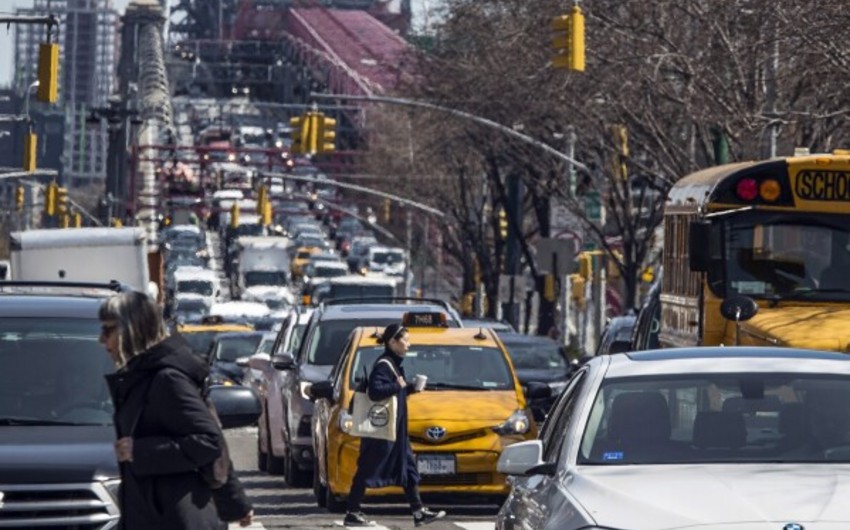The first congestion charge scheme for vehicles in the US has come into effect in New York City.
Report informs via the BBC that car drivers will pay up to $9 (£7) a day, with varying rates for other vehicles.
"The system has been in operation since midnight [05:00 GMT Sunday]," Janno Lieber, CEO of the Metropolitan Transit Authority (MTA), told reporters.
Four hundred lanes of traffic are now covered by more than 1,400 cameras, with more than 110 detection points and more than 800 signs, he said.
President-elect Donald Trump is among those resisting the scheme, but Mr Lieber said he was confident agreements with the government would "stand up to changes of administration".
The congestion zone covers an area south of Central Park, taking in such well-known sites as the Empire State Building, Times Square and the financial district around Wall Street.
The scheme aims to ease New York's notorious traffic problems and raise billions for the public transport network.
New York state Governor Kathy Hochul made the case for a congestion charge two years ago, but it was delayed and revised following complaints from some commuters and businesses.
The new plan revives one scheme that she paused in June, saying there were "too many unintended consequences for New Yorkers".
Most drivers will be charged $9 once per day to enter the congestion zone at peak hours, and $2.25 at other times.
Small trucks and non-commuter buses will pay $14.40 to enter Manhattan at peak times, while larger trucks and tourist buses will pay a $21.60 fee.
Hours after the scheme began traffic was moving briskly along the northern edge of the congestion zone at 60th Street and 2nd Avenue, the Associated Press reports.
Many motorists seemed unaware that the newly activated cameras, set along the arm of a steel gantry above the street, would soon send a new charge to their E-Z Passes, it says.
"Drivers are going to start to see the toll charges appearing on their E-Z Pass bills in a few days," Mr Lieber said later.


 https://images.report.az/photo/ce64b9e5-e85b-3be0-864e-d86f2d6f30d6.jpg
https://images.report.az/photo/ce64b9e5-e85b-3be0-864e-d86f2d6f30d6.jpg

